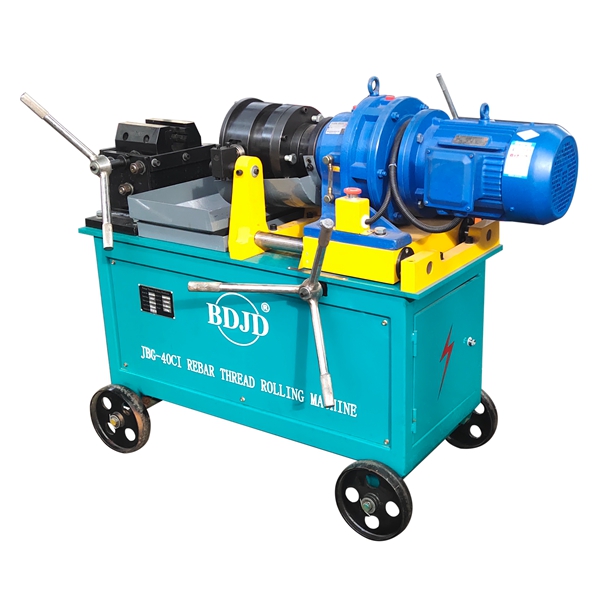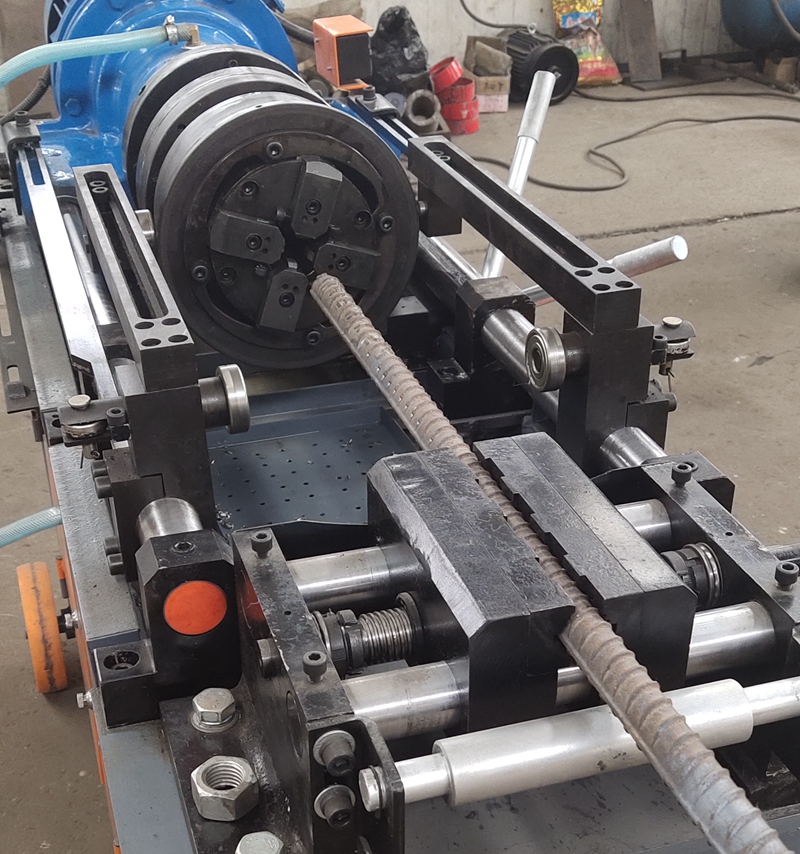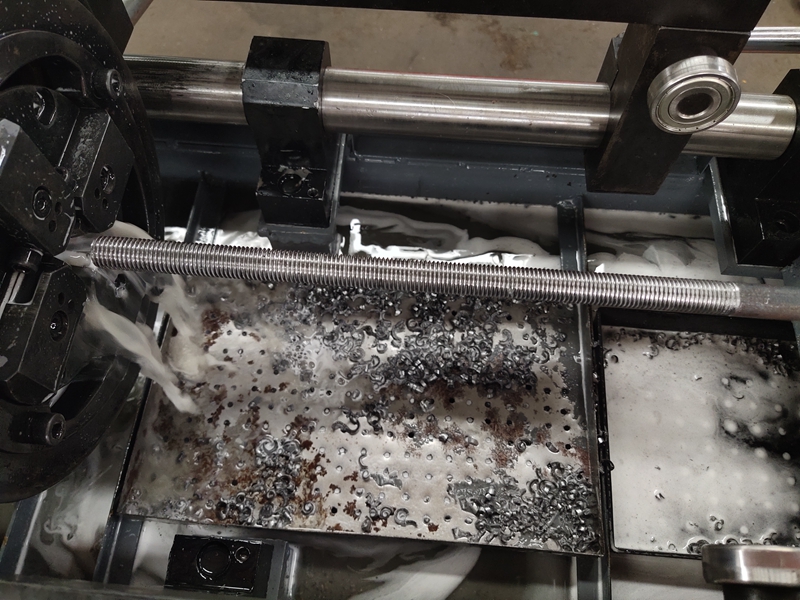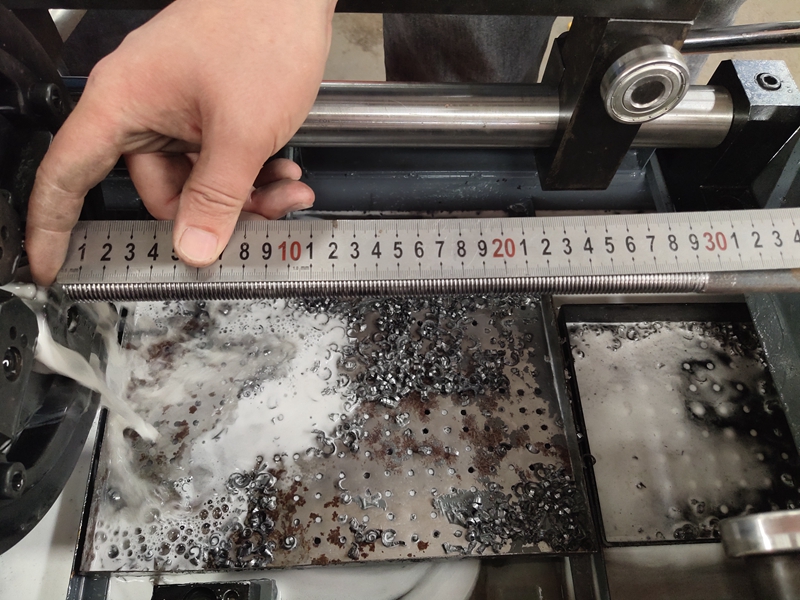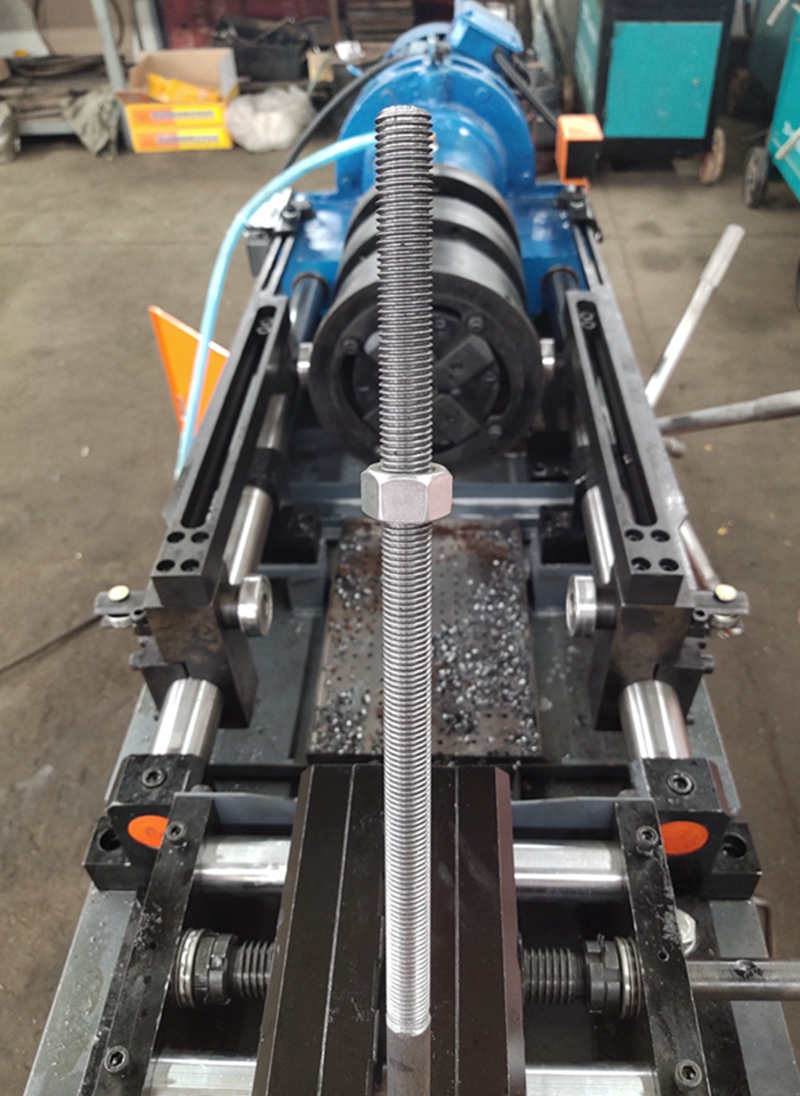Baoding Jindi Machinery Co., Ltd, established in 2002, is a professional manufacturer engaged in the research, development, sale, and service of rebar couplers, rebar thread rolling machines, rebar bending machines, rebar cutting machines, and rebar arc bending machines. The company offers a wide range of high-quality machines and equipment for efficient rebar processing.
One of the key products offered by Baoding Jindi Machinery Co., Ltd is the rebar thread rolling machine, which plays a crucial role in the construction industry. In this article, we will discuss how to effectively use and maintain this machine for optimal performance and longevity.
Before we delve into the usage and maintenance procedures, it is essential to understand the specific requirements and guidelines associated with the rebar thread rolling machine. The cooling liquid used in this machine must be water-soluble coolant, and the use of oily coolant is strictly prohibited, additionally, also could not use oil as cooling liquid directly.
Here are the steps to use and maintain a rebar thread rolling machine:
1. Installation and Setup:
- Ensure that the machine is placed on a stable and level surface.
- Connect the machine to a reliable power source and make sure the voltage matches the machine’s requirement.
- Fill the water tank with water-soluble coolant to the recommended level.
2. Prepare the Rebar:
- The steel bar to be processed should have a flat end.
- It is recommended to use a toothless saw for cutting the rebar without horseshoe feet.
- The end of the 500mm length range should be round and straight, without any bends or deformations.
3. Loading the Rebar into the Machine:
- Adjust the rebar diameter setting on the machine based on the size of the rebar to be processed.
- Place the rebar carefully into the rebar rib stripping head.
- Make sure the rebar is aligned properly and tightly secured.
4. Rolling the Threads:
- Start the machine and slowly tun on the feed handle with proper force, then the machine head can go forward automatically.
- The thread rolling head will grip the rebar and start forming the threads.
- Ensure that the coolant is flowing steadily during the process to prevent overheating.
5. Inspect the Thread Quality:
- Once the threading process is complete, inspect the threads for any defects or inconsistencies.
- The threads should be clean, well-formed, and of the required dimensions.
Now, let’s discuss the maintenance procedures to ensure the longevity and optimal performance of the rebar thread rolling machine:
1. Regular Cleaning:
- Clean the machine after every use to remove any debris, coolant residue, or metal shavings.
- Use a brush or compressed air to clean the rolling discs and other components.
- Avoid using excessive force or aggressive cleaning agents that could damage the machine.
2. Lubrication:
- Regularly lubricate the moving parts of the machine as per the manufacturer’s recommendations.
- Use high-quality lubricants suitable for the specific components.
3. Inspection and Repair:
- Regularly inspect the machine for any signs of wear, damage, or loose connections.
- Address any minor issues immediately to prevent further damage.
- If major repairs are required, contact the manufacturer or a qualified technician.
4. Storage:
- When not in use, protect the machine from dust, moisture, and other potential hazards.
- Store the machine in a dry and secure location.
In conclusion, the proper usage and maintenance of a rebar thread rolling machine are crucial for its efficient operation, longevity, and ensuring the production of high-quality threaded rebars. By following the guidelines provided by Baoding Jindi Machinery Co., Ltd and adhering to the specific requirements, users can maximize the performance and lifespan of the machine. Regular cleaning, lubrication, inspection, and adequate storage are essential elements of the maintenance routine.
Post time: Jul-26-2023


